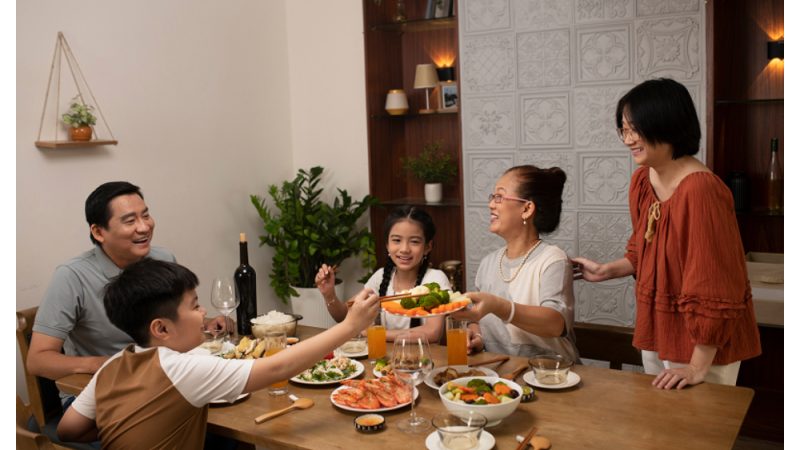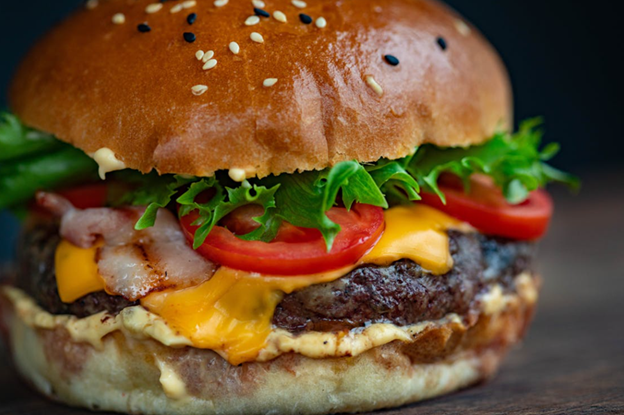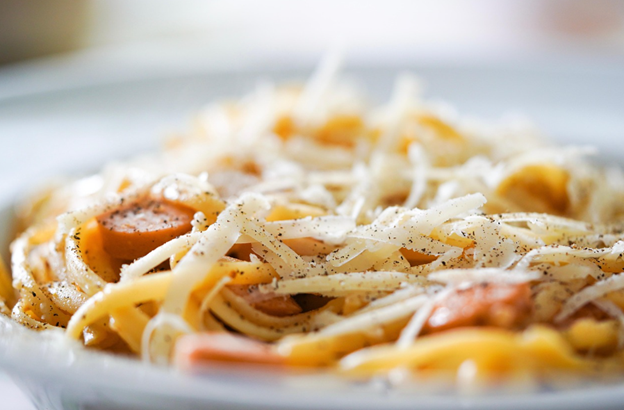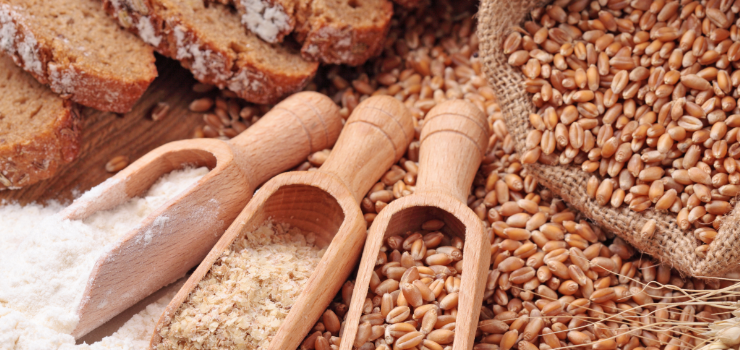Delving Into The World Of Indian Sweets: 6 Classic Desserts That Have Stood The Test Of Time
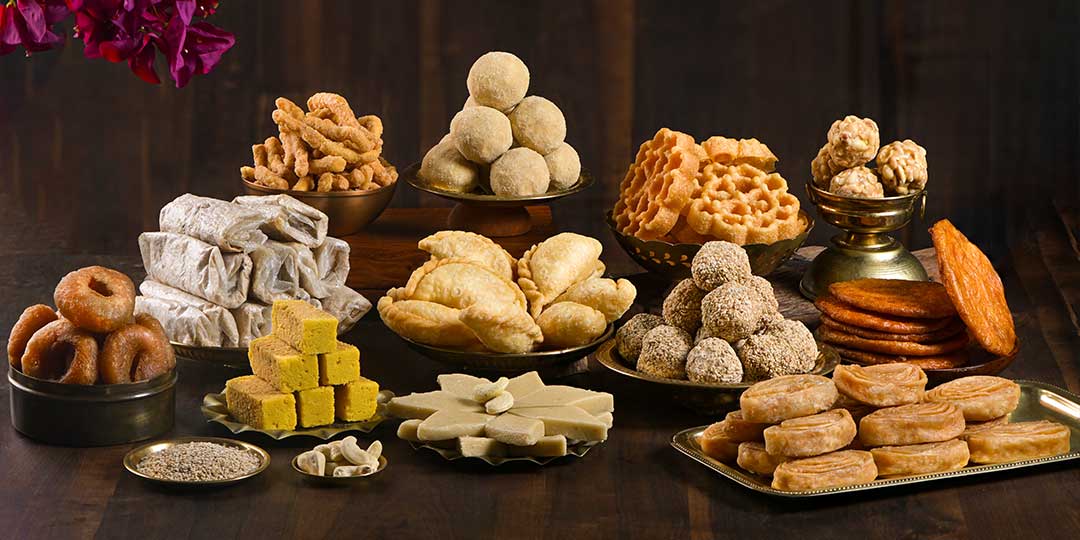
Indian cuisine is renowned for its rich and diverse flavors, with sweets or “mithai” holding a special place in this cultural tapestry. Indian desserts have not only satisfied taste buds but have also been an integral part of rituals, festivals, and celebrations. From the royal courts of Mughal emperors to the humble homes of villages, these timeless indian sweets have endured, blending history, tradition, and taste into every bite.
- Kheer: A Creamy Rice Pudding
Kheer is one of the oldest known Indian desserts, with mentions dating back to ancient texts and scriptures. Often referred to as the Indian version of rice pudding, kheer is made with rice, milk, and sugar, slow-cooked until the mixture thickens and develops a creamy texture. Spices like cardamom and saffron, along with garnishes of nuts and raisins, elevate its flavor.
Each region in India has its own variation of kheer. In South India, it’s known as “payasam,” and in Bengal, it’s referred to as “payesh.” Regardless of its regional variations, kheer is a dessert that graces festivals, pujas, and celebrations across India.
2. Ladoo: The Symbol of Celebration
Ladoo, small round balls made from a variety of flours, sugar, and ghee, are perhaps the most versatile of all Indian sweets. They come in countless varieties, from besan ladoo (made with gram flour) to boondi ladoo (made with small pearl-sized gram flour beads). Traditionally, ladoos are prepared during festivals like Diwali, Ganesh Chaturthi, and Janmashtami, and are also offered to deities in temples.
Ladoo’s simplicity is what makes it so special. With ingredients that are readily available in most Indian kitchens, ladoo remains a go-to option for sweet cravings and celebrations alike. Its history spans centuries, with references to ladoo appearing in ancient texts as a celebratory food item.
3. Rasgulla: The Iconic Syrupy Sweet
Rasgulla, a soft, spongy ball made from chhena (Indian cottage cheese) and soaked in sugar syrup, is one of the most famous sweets hailing from Bengal and Odisha. Its origin is the subject of much debate between the two states, but what remains undisputed is its popularity. Rasgulla’s soft texture and the burst of syrup with every bite make it a refreshing treat, especially when served chilled.
4. Barfi: The Creamy Confection
Barfi, a fudge-like dessert, is another classic Indian sweets that has passed through generations. Made from condensed milk and sugar, barfi can be flavored with a variety of ingredients like coconut, almonds, or pistachios, and is often garnished with a silver leaf (varq) for added elegance. Its texture ranges from soft and melt-in-the-mouth to slightly firm, depending on the recipe.
Barfi is a staple during Diwali, Raksha Bandhan, and other festivals, and its versatility allows it to be shaped and flavored in different ways to cater to individual tastes. Whether it’s plain milk barfi or kaju barfi (made with cashews), this sweet remains a festive favorite.
5. Peda: The Milky Marvel
Peda is a rich, dense, and slightly grainy sweet made from khoya, sugar, and ghee. It is often flavored with cardamom or saffron and is shaped into small round discs. Originating from the town of Mathura, peda is synonymous with temple offerings and is widely distributed as prasad (a religious offering).
This dessert’s milky richness and balanced sweetness make it perfect for those who prefer less sugary treats. Over time, variations like the chocolate peda or malai peda have emerged, but the traditional peda continues to be a preferred choice during religious festivals.
6. Mysore Pak: The Royal Sweet
Mysore Pak, a rich, buttery sweet originating from the royal kitchens of Mysore, is a southern delight that has gained pan-Indian popularity. Made with gram flour, ghee, and sugar, Mysore Pak has a crumbly yet melt-in-the-mouth texture that leaves a lasting impression.
Its simplicity is deceptive, as achieving the perfect balance of ghee and sugar is an art. Traditionally made during special occasions in South India, it has become a favorite across India for its rich, indulgent taste.
Conclusion
Indian sweets are more than just confections; they are steeped in tradition, history, and cultural significance. Each dessert tells a story of regional influences, culinary evolution, and a shared love for sweets across the country. Whether it’s the syrupy gulab jamun or the creamy kheer, these timeless desserts continue to be cherished, connecting generations and adding sweetness to every celebration.


